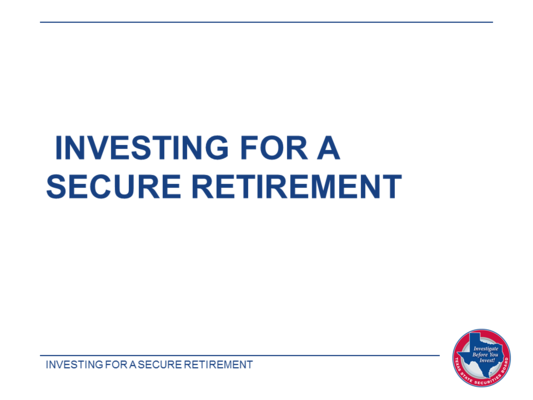Finding The Right ETFs For Retirement_1
Post on: 26 Июнь, 2015 No Comment

The boom in exchange-traded funds, known as ETFs. has been unrelenting. At this writing, the number of investable U.S.-listed ETFs comes to 1,597.
Thats pretty amazing growth, considering that just 20 years ago there were almost none. The amount of money under management in ETFs now totals somewhere north of $1.3 trillion.
Understandably, it can be difficult to decide which ETF to use and for what purpose. The original idea was the find a way to approximate index fund performance with liquidity and easy trading.
That happened, absolutely, but then behind the broad, index-style ETFs came a march of specialized funds: leveraged funds, obscure commodity and currency replicators and so on. Things got complex, fast.
There were changes in the index-style funds, too. Commissions disappeared in many cases, and the cost of funds fell as adoption rates rose. The least-expensive stock funds now cost four one-hundreds of a percent to own (0.04%) and there is a Treasury bond fund that costs nothing at all.
So which are the right ETFs for retirement investing? Here are the essential features to consider:
1. Is the ETF representative of the asset I want to own?
An index fund will clearly state that it tracks a specific, well-known index of stocks or bonds, such as the S&P 500, Russell 3000 or similar. Besides reading the prospectus, look at the performance of the ETF over the life of its existence. If should be comparable to the index you seek to replicate and offer only the slightest deviation, due to the cost of owning it.
2. Is the ETF easy to buy and sell?
The broadest, most widely held ETFs can be bought and sold during trading hours with a click of a mouse. Narrowly held, specialized funds are likely to have fewer investors, meaning there can be a gap between what you expect to pay for a fund and what ends up being the settlement price. Stick to widely held funds.
3. Is the ETF cost-effective?
Low fees are not the end-all and be-all of ETF investing, but there is no good reason at all to pay mutual fund pricing for index fund performance. The whole point is to drive down cost and keep more money in your pocket for retirement .
4. Is the ETF cheap to trade?
The major brokerages have erupted in a pricing war on the most commonly held ETFs. Shop around. You are likely to find that most of your portfolio can be owned with no trading costs whatsoever.
5. Is the ETF accurate?
Tracking error is a technical term for a wobbly performance record compared to the index an ETF is trying to follow. It can be a sign of low liquidity (few investors in the fund) or simply a bad design.
In sum, retirement investors should seek cheap, efficient, accurate funds that bring that indexs performance to a well-designed, consistent portfolio. That makes the difference between retiring and retiring with more.














